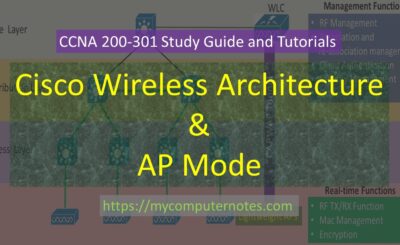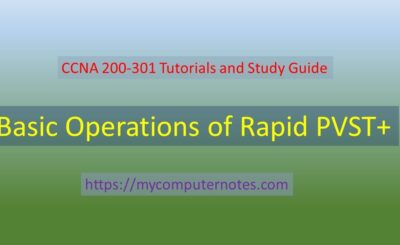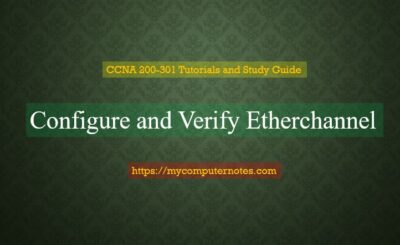In this section, let us understand what is a data communication, its characteristics, and the components of data communication.
What is Data Communication
The purpose of communication is to share information between two entities. These two entities are the sender and the receiver. The sender transmits the information and the receiver receives them at its end.
Data communication is referred to as the exchange of information between the two remote devices over a transmission media such as wired cable or wireless media. The exchange of information is based upon some rules and guidelines. This set of rules is called protocol.
Data are the facts that are derived from the calculation or processing and are in the form of text, numbers, words that are collected through observation. Datum is the singular form of data.
Characteristics of data communication
There are four basic characteristics of data communication which depict the effectiveness of data communication.
- Delivery: The system involved in data communication must deliver the data to the correct receiver. The same data must be received by the intended user or system.
- Accuracy: The data exchanged between the source and destination must be in the correct form. The data altered or modified during the course of transmission is useless.
- Timeliness: The exchange of data between the systems be in scheduled time. There must not be any delay. The transmission delay may lead to loss of data. The delay in transmission of data very much effect in real-time communication.
- Jitter: It is the variation in time intervals in arrival of packets at destination. Jitter may cause uneven packet transmission delay
Components of data communication
The fundamental components constitute a complete data communication system:
- Sender
- Receiver
- Communication media
- Message
- Protocol

Sender
Sender is the device where the message is originated and transmitted to the receiver. It may be called as the source. The devices used for transmission of message can be workstation, video camera, telephone, etc.
Receiver
Receiver is the device which accepts the message sent by the sender. Generally, the receiver is placed at a distance from the sender. The receiver can also be termed as the destination. The devices used for receiver can be workstations, telephones, video cameras, television, etc.
Communication media
Communication media is the means by which a message is transmitted from sender to receiver. It acts as a carrier and delivers the message from the sender to the receiver. It is also termed as transmission media or channel that may be wired or wireless. The wired media includes coaxial cable, fiber optics cable, twisted pair cable, etc. The wireless media can be infrared, Bluetooth, radiofrequency, microwave link, or satellite communication.
Message
The message is the actual data or information that has to be transmitted from the sender to the receiver. The data can be in the form of text, numbers, images, audio, video, etc.
Protocol
The protocol is a set of rules and guidelines on how data is being transmitted from source to destination. The sender and the receiver must follow the protocols in order to have efficient and reliable communication between them.





